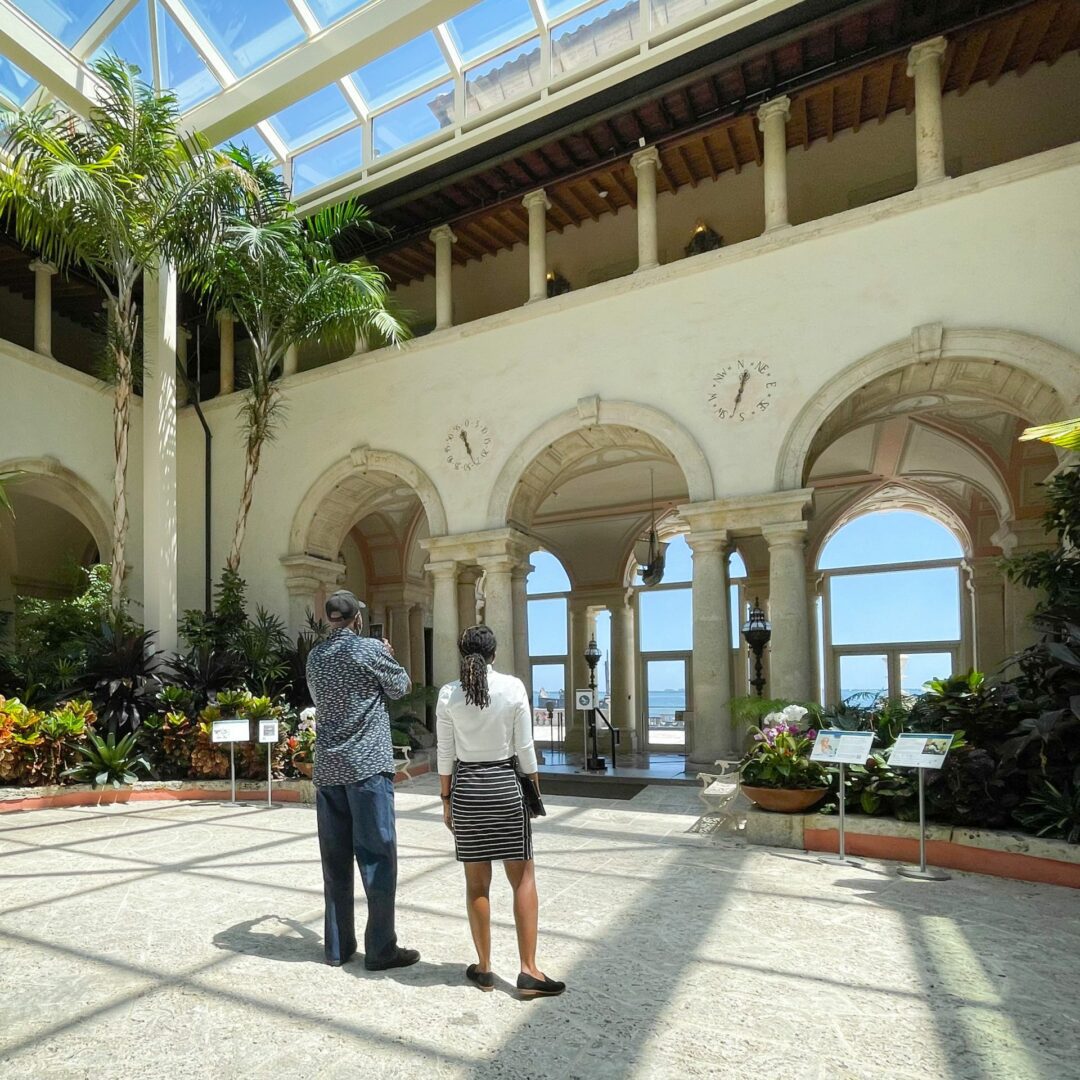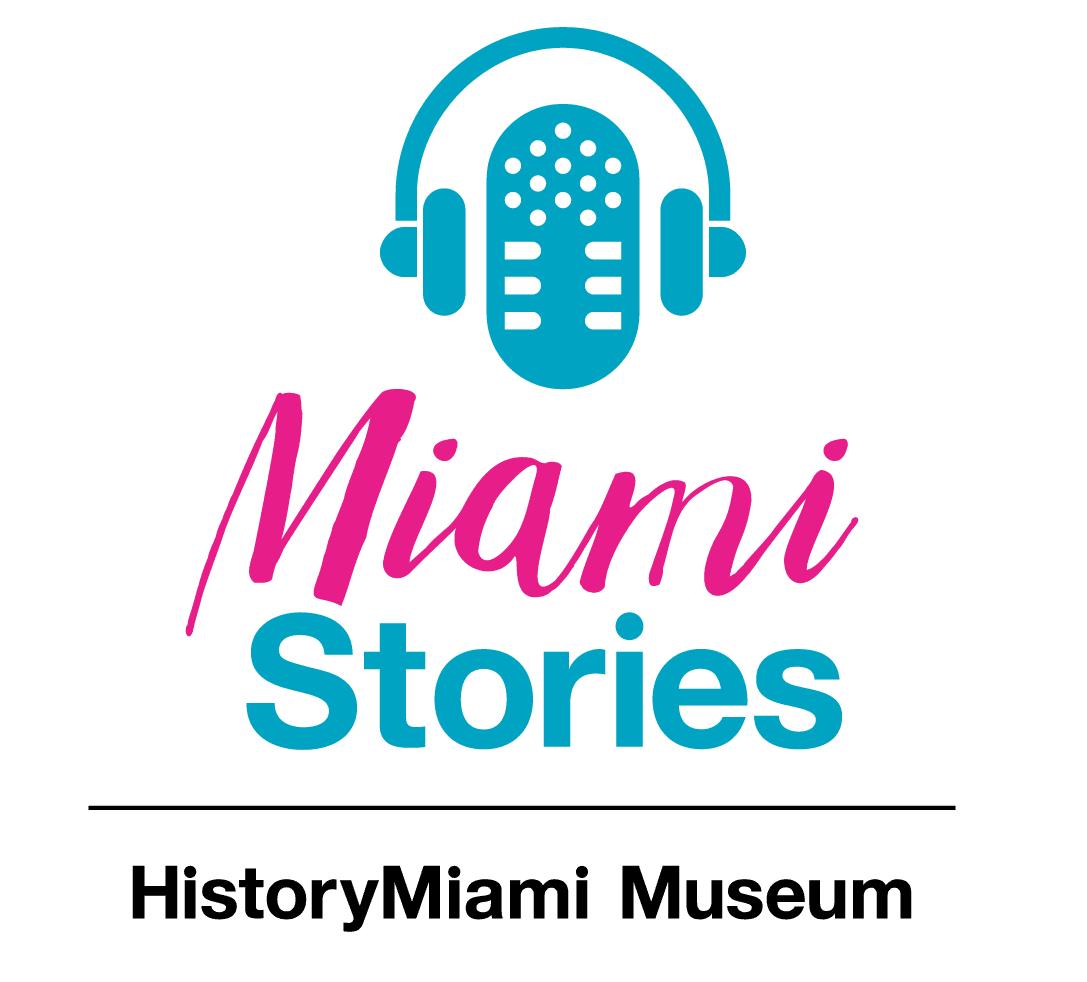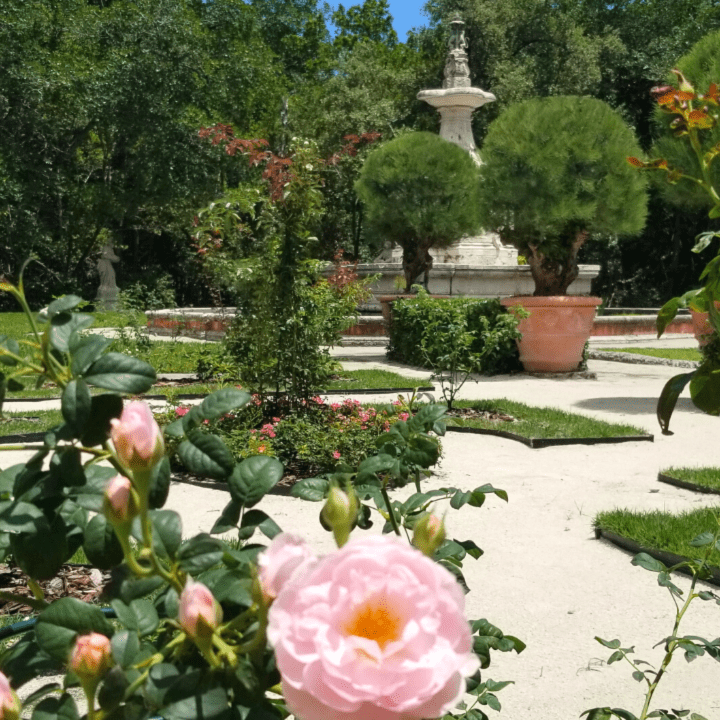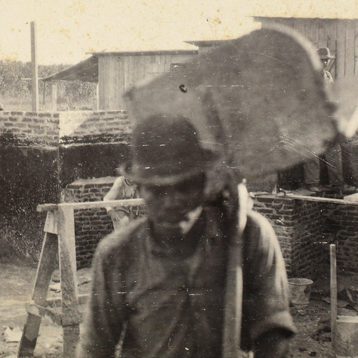
Vizcaya’s ironworks were designed by Samuel Yellin, a metal designer and blacksmith from Ukraine. From 1917-1919 Yellin was commissioned by Vizcaya to create pieces for the property. Outside of the commissioned pieces created strictly for Vizcaya, James Deering had also previously acquired Yellin’s work for his estate. There are over thirty original designs at Vizcaya including iron bell pulls, gates, stairway railings, among other pieces.
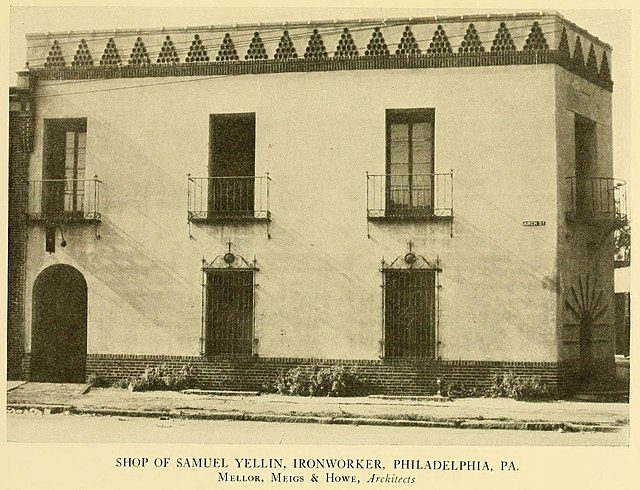
Samuel Yellin immigrated to Philadelphia with his mother and two sisters in 1905. Soon, he established himself as a leading blacksmith with his own metalsmith shop, the Samuel Yellin Metalworkers studio. He predicted that there would be a Gothic and classical revival in the United States and so many of Yellin’s work has those influences. Some of his employees were from European countries like Poland and Italy as well as some being of African descent.
Although Yellin is credited for the ironworks, he gave his workers the freedom to include their own designs. When looking at Yellin’s ironwork, we can see Italian, Roman, French, and even West African elements. To give some context, many African artisans and enslaved people were transported to America. Many expert stone crafters, ironworkers, and wood carvers came from Ghana, Cote D’Ivoire, and Sierra Leone. They incorporated designs known as “adinkra” symbols into their creations, with each symbol having its own specific meaning. This practice continued in America, and many do not know where the symbols originated or what they mean.
Knowledge transfer across American society
However, history reveals that the works of black artisans, particularly those from Philadelphia and South Carolina, were shipped to other parts of the United States and abroad. By the beginning of the 19th century, small private businesses provided black artisans with the opportunity to try their designs, but they could have been duplicated by other crafters. Without compensation or recognition, their artisanal knowledge was transferred and incorporated into the American society. With this in mind, we can examine iron fence construction from many different perspectives. A variety of designs can be seen, for instance, in the cast and wrought iron fences that can be found all over the United States, but mainly on the East Coast.
Adinkra was traditionally reserved for the royal family, signaling their character and/or status. They were also used as funerary symbols to signify that someone has departed. There are over 100 adinkra symbols and they are now worn and used by many of all statuses. Wood and metal objects were expertly decorated with these symbols by West African artisans; various iron and wood-crafted items from the 17th and 18th centuries appear to reflect the incorporation of African culture, even though they are frequently overlooked in historical archives. One way to track where Ghanaian people have been, is through the symbols that they left behind.
Vizcaya holds a piece of heritage that has traveled all across the country. The symbol mostly used on the property is called “Sankofa,” which is distinctly known for its heart-like shape. Sankofa means to “go back and fetch it,” this represents going back and retrieving something you have forgotten. By learning more about these symbols, we are in the act of Sankofa and receiving vital knowledge that has been carved into the walls.





